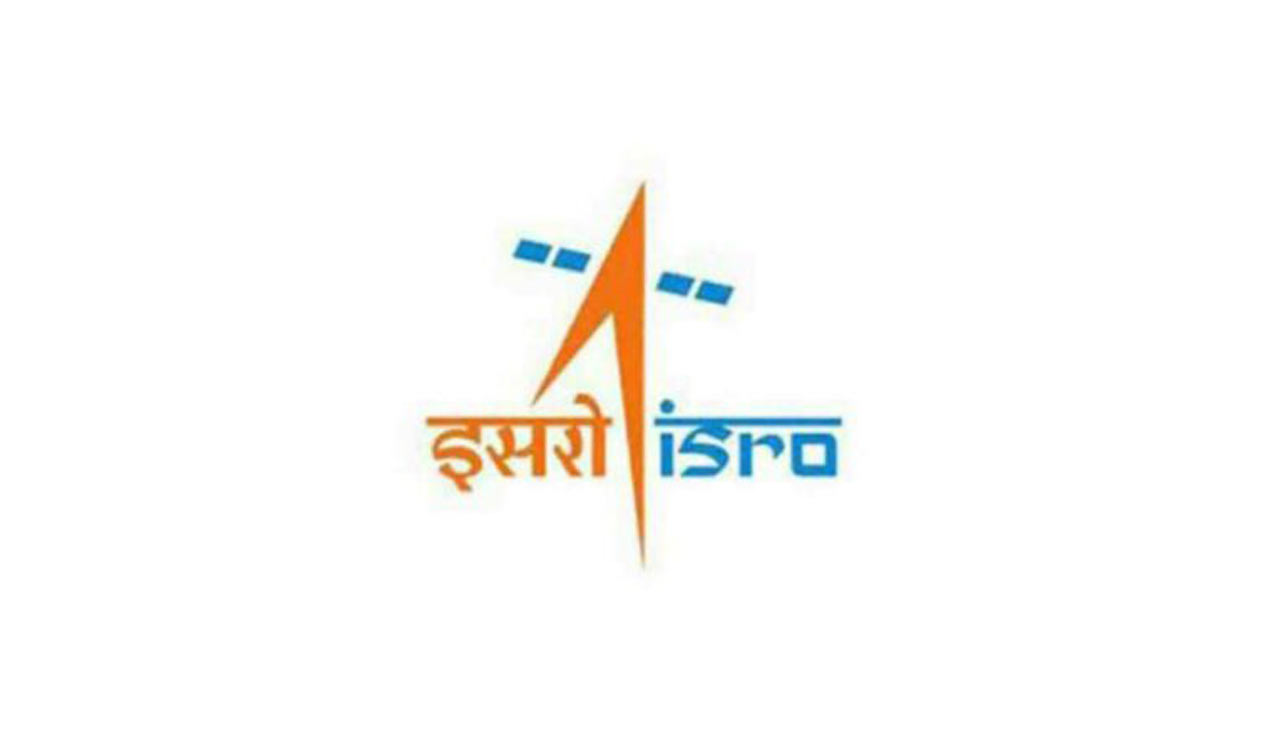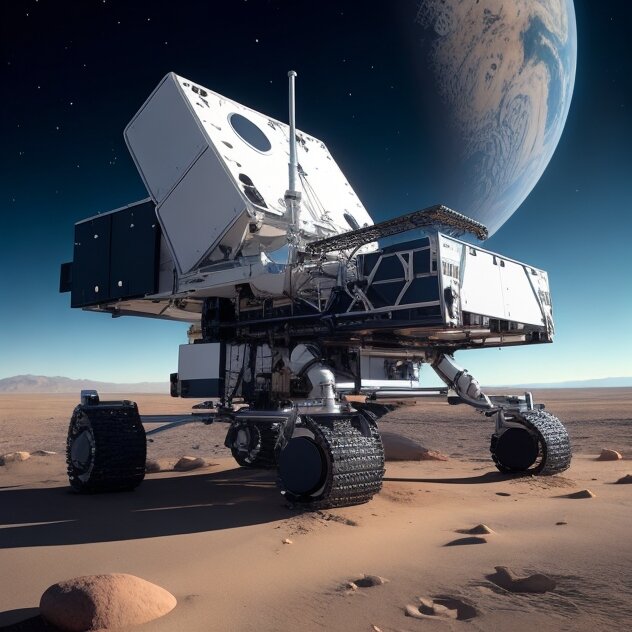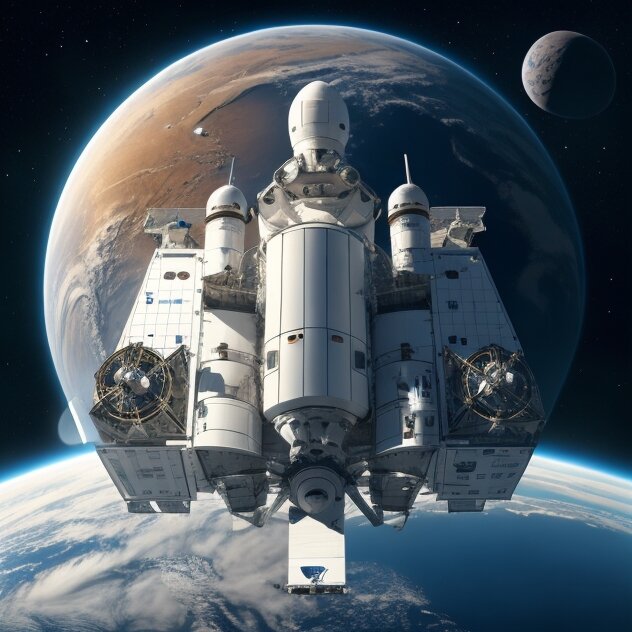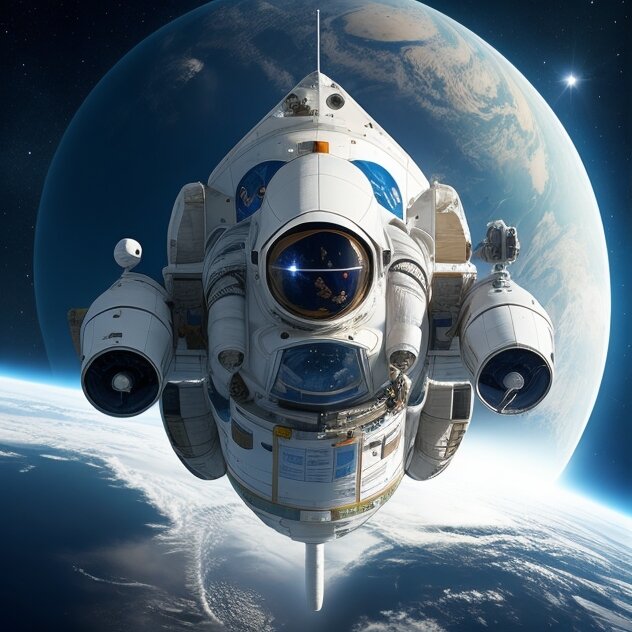In the vast expanse of the cosmos, our fascination with the Moon has remained a constant. The lunar frontier has been a canvas of human curiosity, scientific exploration, and technological innovation. India, having etched its name in lunar history with Chandrayaan-2’s remarkable endeavors, is set to embark on yet another lunar odyssey with Chandrayaan 4. This mission, born from the collaborative synergy between the Indian Space Research Organization (ISRO) and the Japan Aerospace Exploration Agency (JAXA), holds the promise of unraveling deeper lunar mysteries and expanding the horizons of space exploration.
Chandrayaan-3: Laying the Groundwork

Before diving into the exciting prospects of Chandrayaan 4, it’s essential to revisit the foundations laid by its predecessor, Chandrayaan-3. On August 23, 2023, Chandrayaan-3 achieved a milestone that sent ripples of excitement across the globe. It marked India’s triumphant soft-landing near the lunar south pole, making it the very first nation to achieve this feat.
As the Vikram lander and the Pragyan rover continue to execute experiments on the lunar surface, the data and insights gathered are propelling us toward Chandrayaan 4. The significance of Chandrayaan-3’s success cannot be overstated. It has opened new doors, kindling the spirit of exploration and collaboration.
The Birth of Chandrayaan 4: A Lunar Polar Exploration Mission
Building on the momentum generated by Chandrayaan-3, ISRO and JAXA are now ready to unleash Chandrayaan 4, often referred to as the Lunar Polar Exploration Mission or Lupex. This ambitious lunar mission is slated for launch in 2026 and is poised to be a resounding testament to international cooperation in space exploration.

The Mission’s Objectives
- Water on the Moon: One of the primary objectives of Chandrayaan 4 is to delve into the mystery of water on the Moon. Water is a quintessential element for the sustenance of life, and its presence on the Moon has far-reaching implications for future lunar colonization and resource utilization.
- Quantifying Water Resources: Chandrayaan 4 will strive to quantify the volume and quality of lunar water resources. Through a combination of observational data, in-situ experiments, and ground truth data, the mission aims to ascertain the feasibility of harnessing lunar water for future endeavors.
- Collaboration and Resource Sharing: Chandrayaan 4 exemplifies the spirit of collaboration between India and Japan. With Japan providing the rocket and rover, and India contributing the lander, this mission embodies the idea that space exploration knows no national boundaries.
Chandrayaan 4’s Approach to Lunar Water Research
The presence of water on the Moon, in the form of ice, is a revelation that has captured the imagination of scientists and space enthusiasts alike. Chandrayaan 4, with its advanced instrumentation and cutting-edge technology, aims to unlock the secrets of lunar water.
Key Elements of Chandrayaan 4’s Approach:

- Observational Data: The mission will utilize advanced sensors and instruments to capture a comprehensive dataset about the lunar surface. This data will serve as the foundation for understanding the distribution and characteristics of water on the Moon.
- In-Situ Experiments: Chandrayaan 4 will not merely rely on remote observations. It will include in-situ experiments, meaning experiments conducted on the lunar surface itself. These experiments will involve the collection and analysis of samples to gain a deeper insight into the composition of lunar water.
- Ground Truth Data: To validate findings and enhance accuracy, ground truth data will be collected. This involves collecting data from the lunar surface and comparing it with remote observations, contributing to the reliability of the mission’s results.
JAXA’s Interest in Water as Rocket Fuel
Beyond the quest for water as a resource, JAXA has a particular interest in exploring the viability of lunar water as rocket fuel. The perpetual sunlight near the Moon’s south pole makes it an ideal location for such investigations. If successful, this could revolutionize future space missions, as it could significantly reduce the need to transport fuel from Earth.
Chandrayaan 4’s Rover and its Instrumentation

Chandrayaan 4’s rover will be equipped with a state-of-the-art 1.5-meter drill. This sophisticated tool will allow it to penetrate the lunar surface to a considerable depth, reaching depths that were previously inaccessible. The primary goal of this drill is to investigate lunar rocks and their composition.
The Drilling Process:
- Heat-Induced Analysis: The drill will heat up lunar rock material and monitor the resultant changes in mass. This process will provide crucial insights into the composition of lunar rocks, shedding light on the presence of volatile substances within them.
- Volatile Identification: By analyzing the changes in mass as the rock material is heated, Chandrayaan-4’s rover will identify and quantify volatile substances within lunar rocks. This could include water and other elements that are vital for scientific understanding and potential resource utilization.
Conclusion: A Glimpse into the Future of Lunar Exploration

Chandrayaan 4 represents not only a milestone in Indo-Japanese collaboration but also a beacon of hope for the future of lunar exploration. As the mission takes flight in 2026, it carries with it the aspirations of scientists, engineers, and space enthusiasts worldwide. The mysteries of the Moon’s water, its potential as a resource, and its role in future space exploration will come into sharper focus. Moreover, Chandrayaan-4 underscores the power of international cooperation in the pursuit of knowledge and the exploration of the cosmos.




Leave a Reply